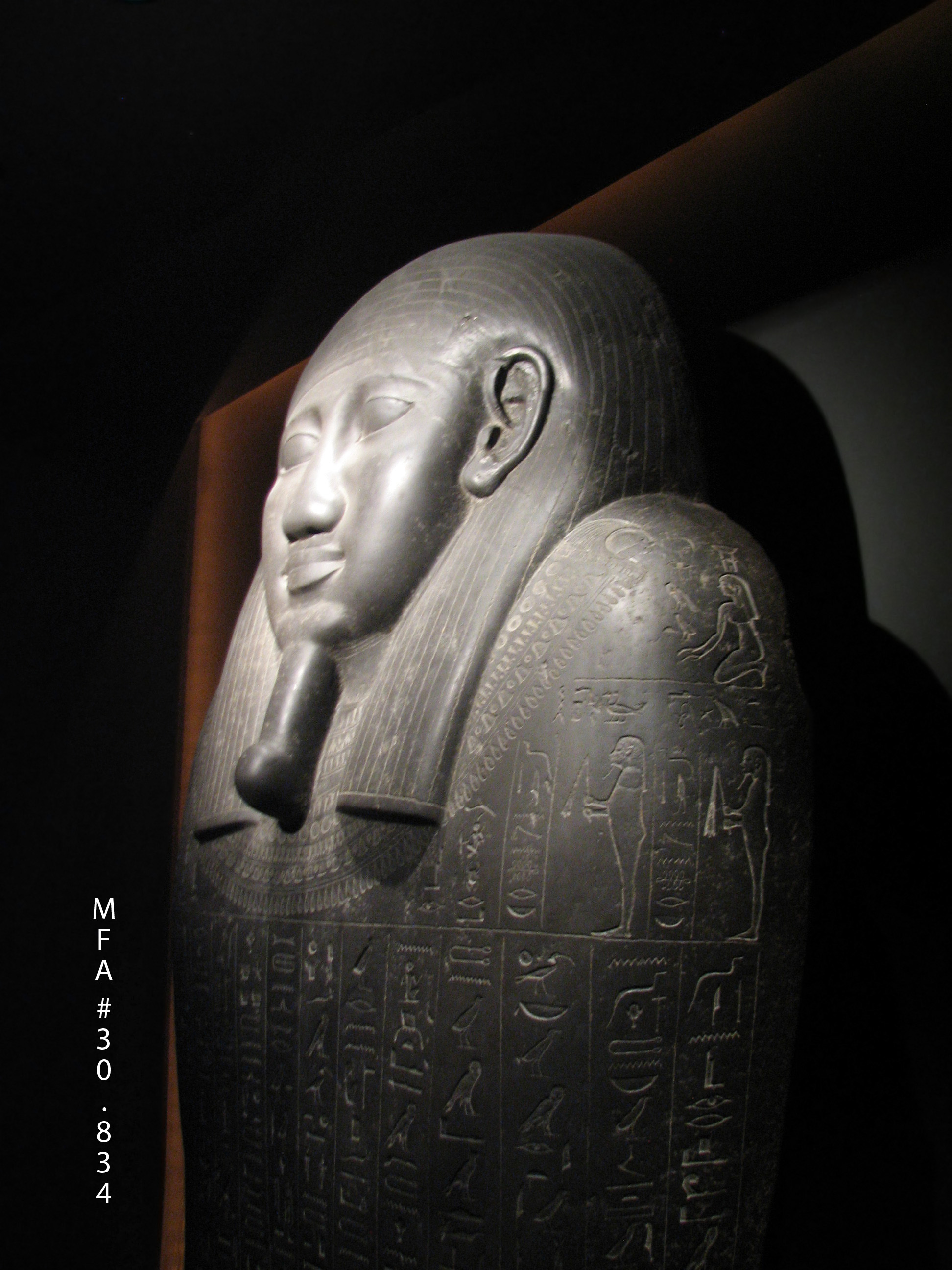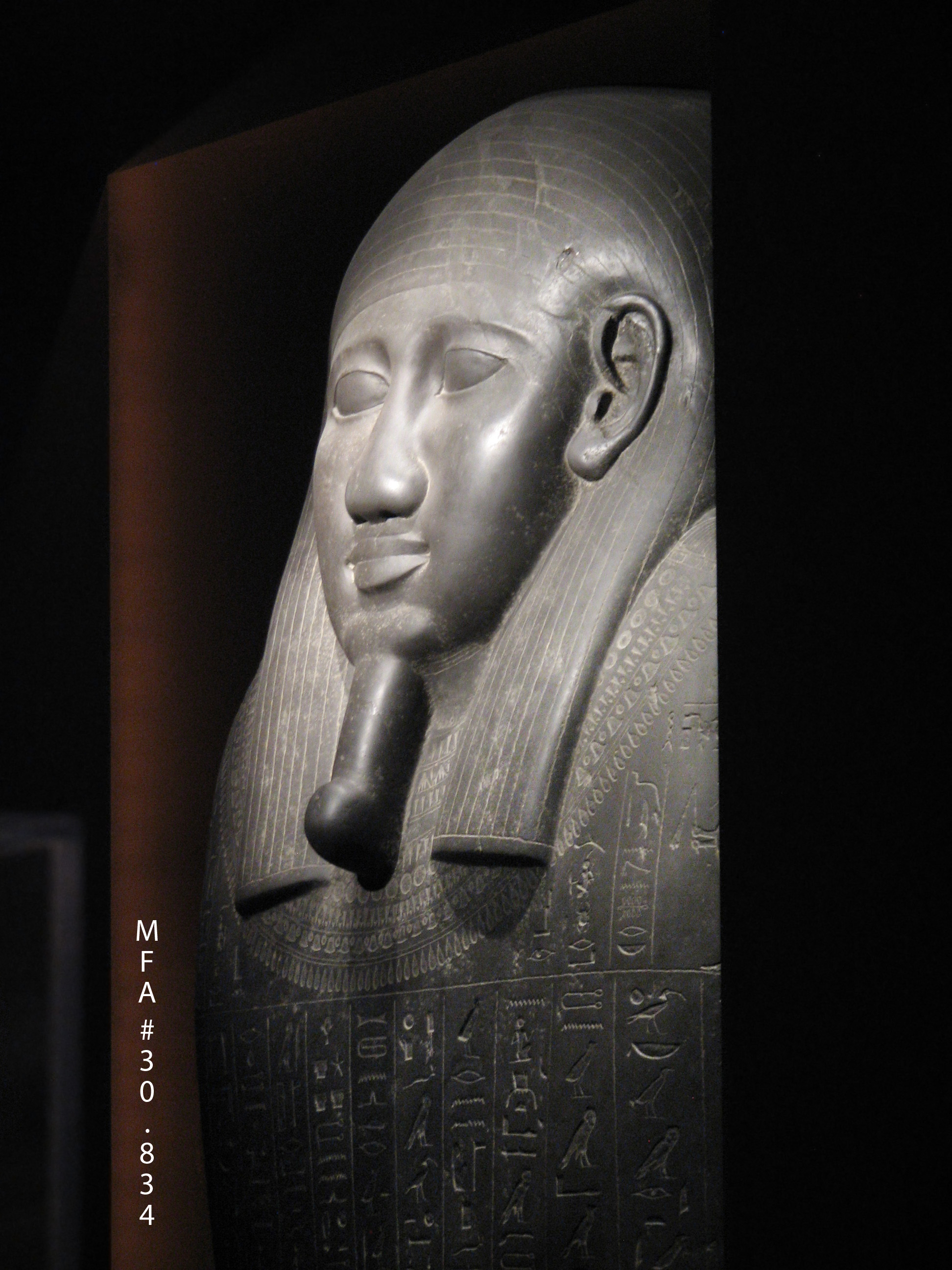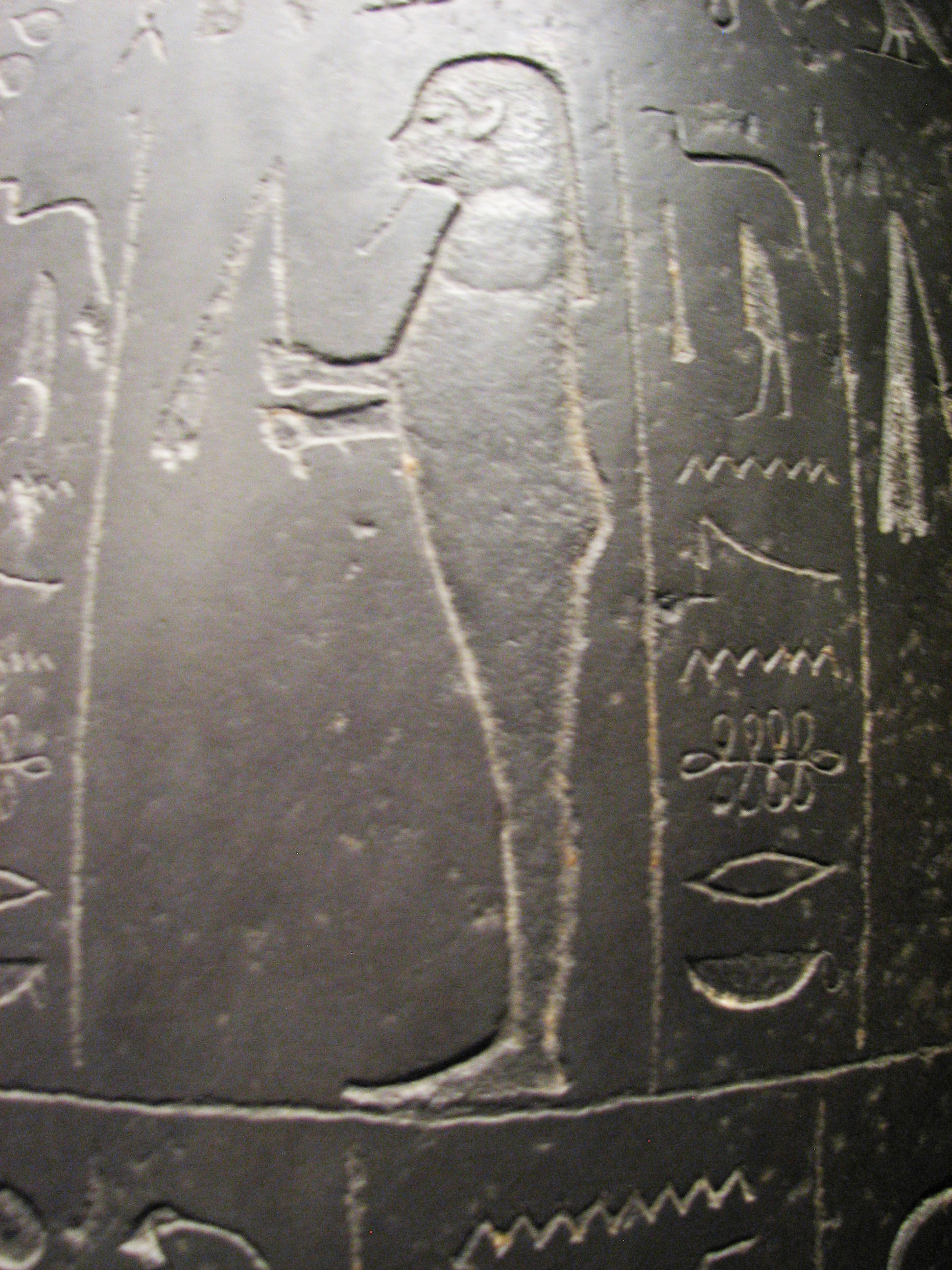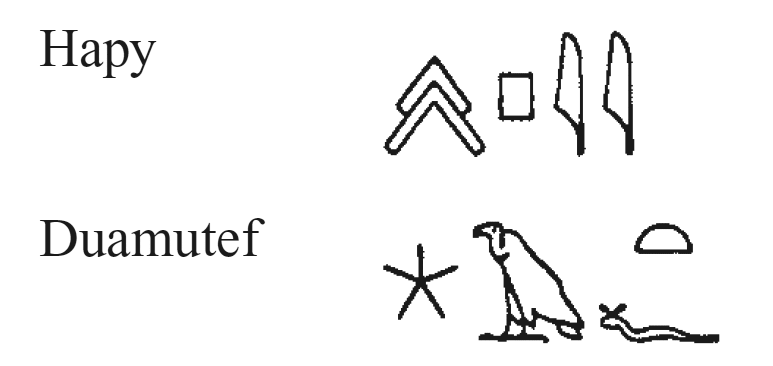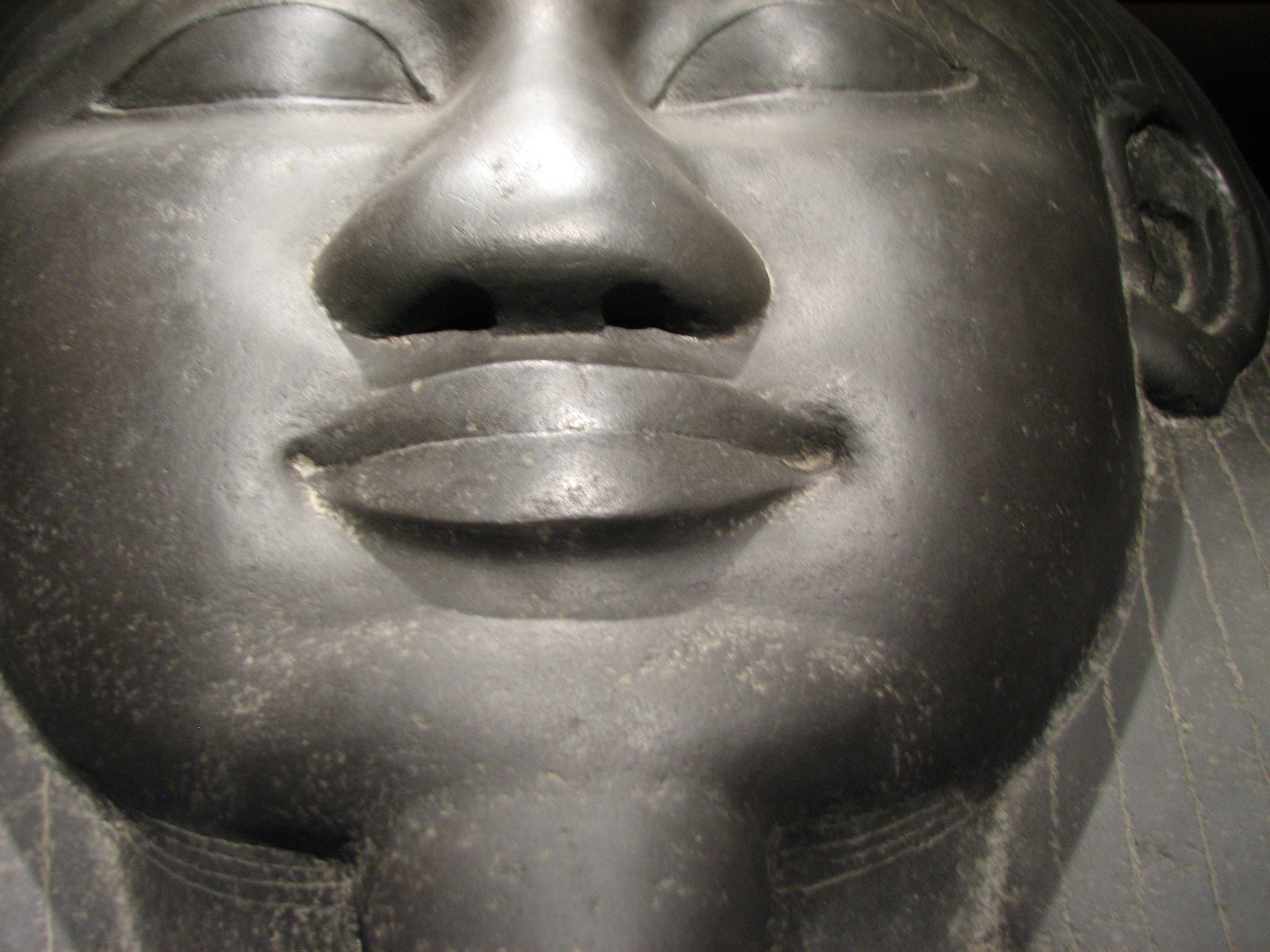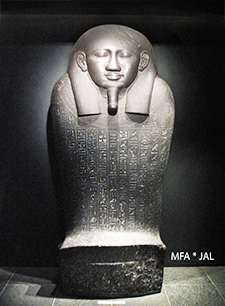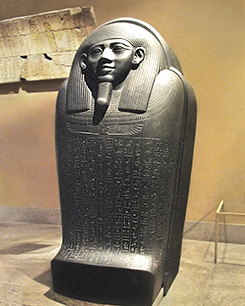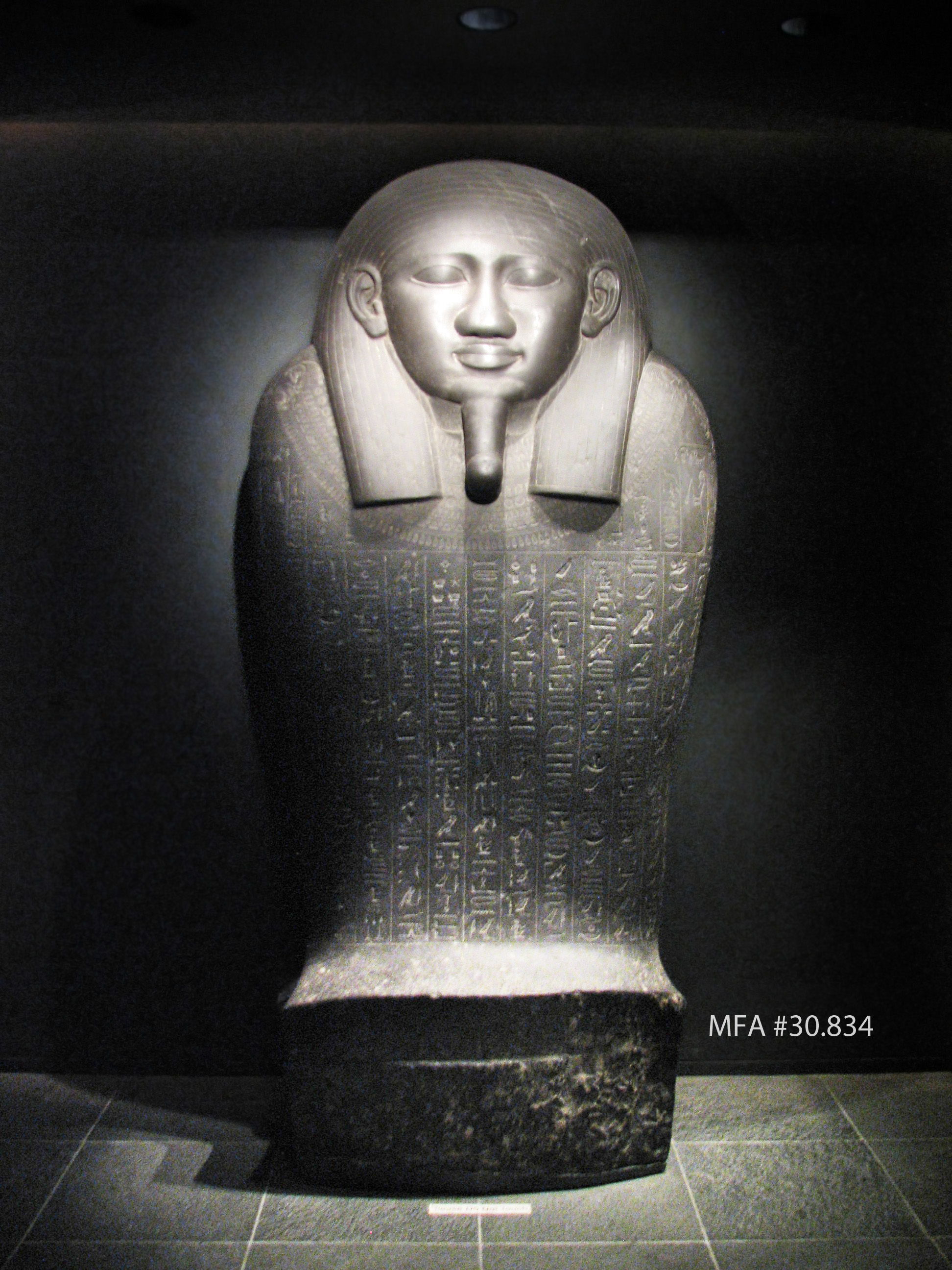
Sarcophagus of Kheper-Re
Egypt, Giza: G 7757 A, (tomb of Kheperre), Saite Period, Dynasty 26, reign of Amasis, 570–526 B.C.E.
Greywacke, Overall size: 76 x 108 x 226cm (29 15/16 x 42 1/2 x 89in.)
Harvard University—Boston Museum of Fine Arts Expedition 1930, MFA #30.834
Photo ©Joan Ann Lansberry, 2014
Photo ©Joan Ann Lansberry, 2014
Photo ©Joan Ann Lansberry, 2014
